
Netleaf Hackberry- America's #1 Wild Staple Food
Oct 31, 2022Overview
Netleaf hackberry(Celtis reticulata) is a water-loving tree that grows next to rivers and springs in middle elevations across the Southwest. Its small red berries don’t look like much at first glance, but they’re actually a calorie-packed staple food that can feed people for long periods of time in an emergency.
Netleaf hackberries have protein, oils, and sugar(carbohydrates), everything a person needs to survive short-term. They also preserve readily, and are available on the tree for a long period of time(up to 5 months).
In areas where hackberry trees are abundant, they have the potential to be used as a significant emergency food source for hundreds or even thousands of people.
Identification + Range
Netleaf hackberry, also called canyon hackberry, is a small tree with gray, warty bark. One of the most distinct features of this plant are the layers that form on the bark, which are reminiscent of layered sedimentary rock.
The leaves of netleaf hackberry are deciduous, alternately arranged, toothless, and often have asymmetrical leaf bases. One of their most distinct features is that they have three primary veins. This is readily seen if you flip the leaf over and view it from the back.
The younger branches of netleaf hackberry have a unique appearance. They are often long, narrow, and relatively unbranching.
In October small, pea-sized red/orange berries appear in large numbers. Each berry has a single hard seed surrounded by a thin, sweet flesh.
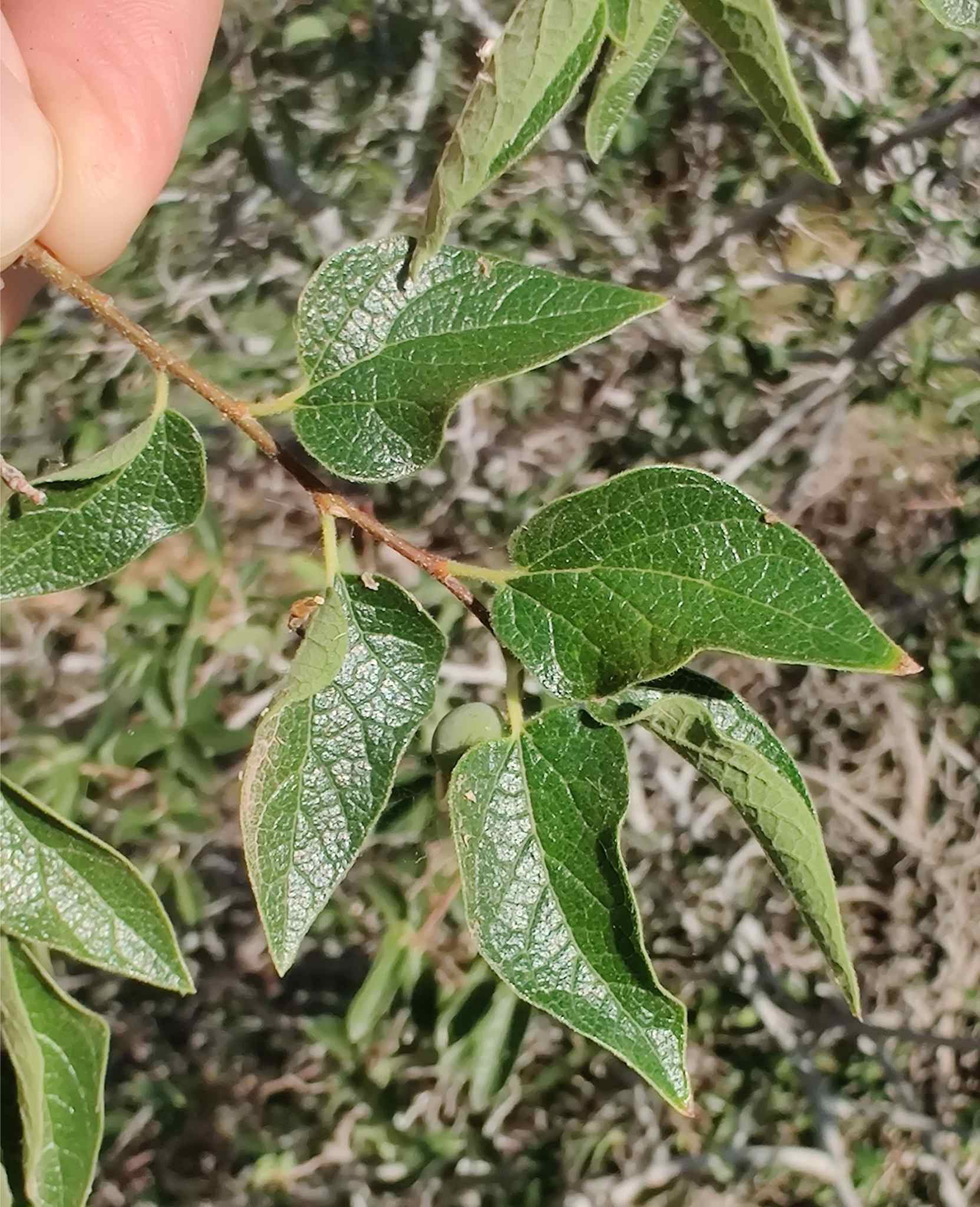
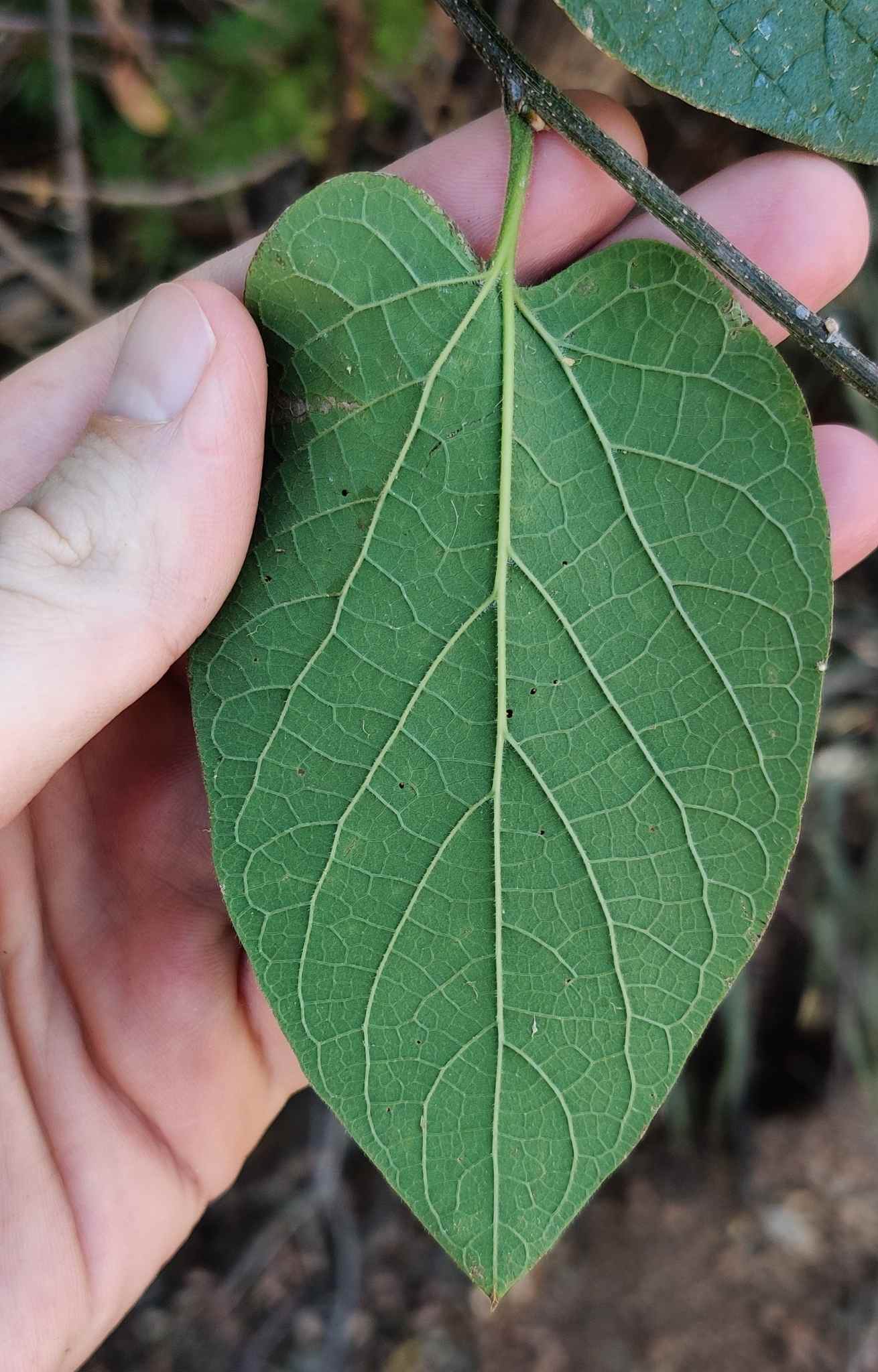
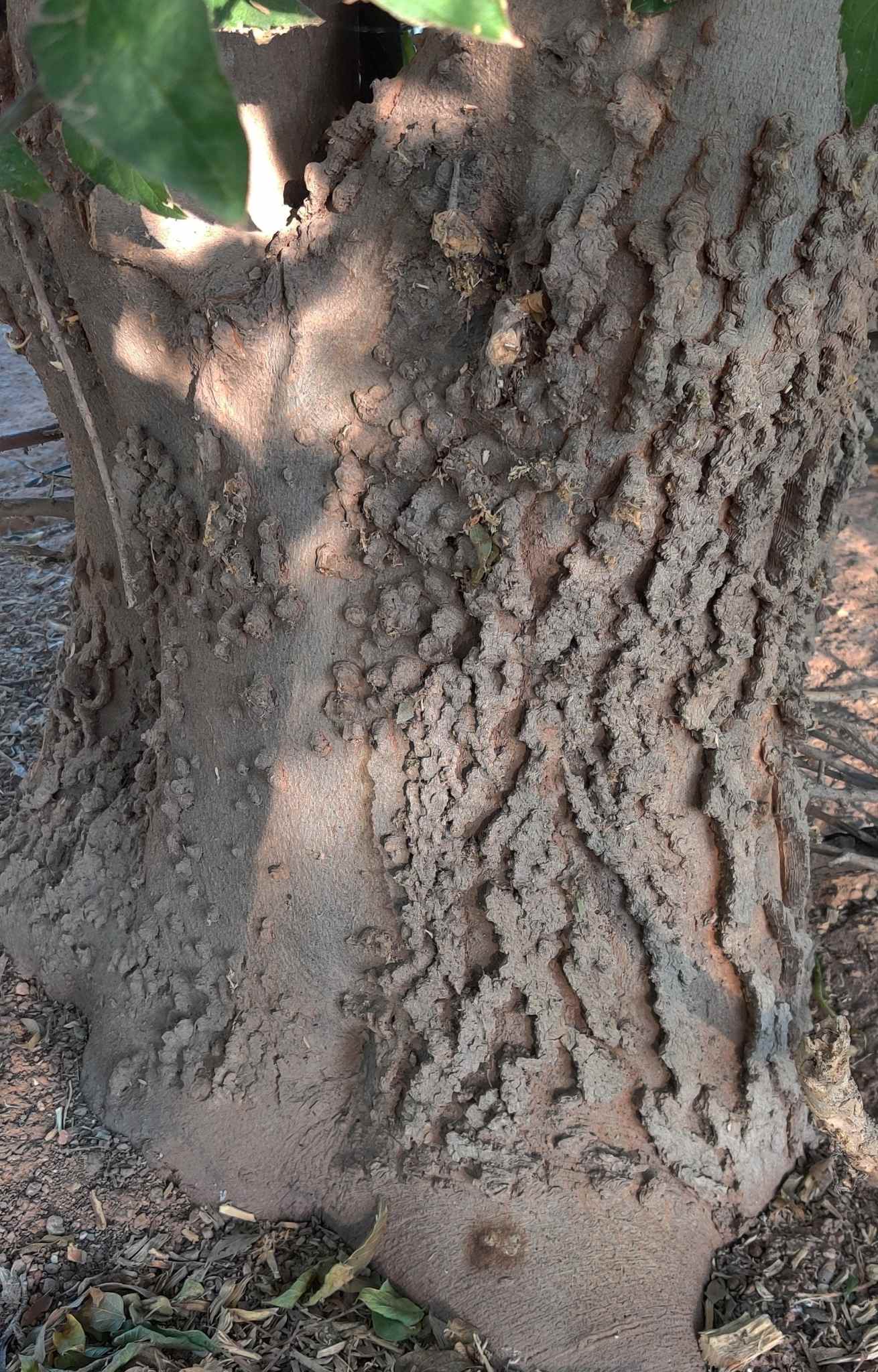
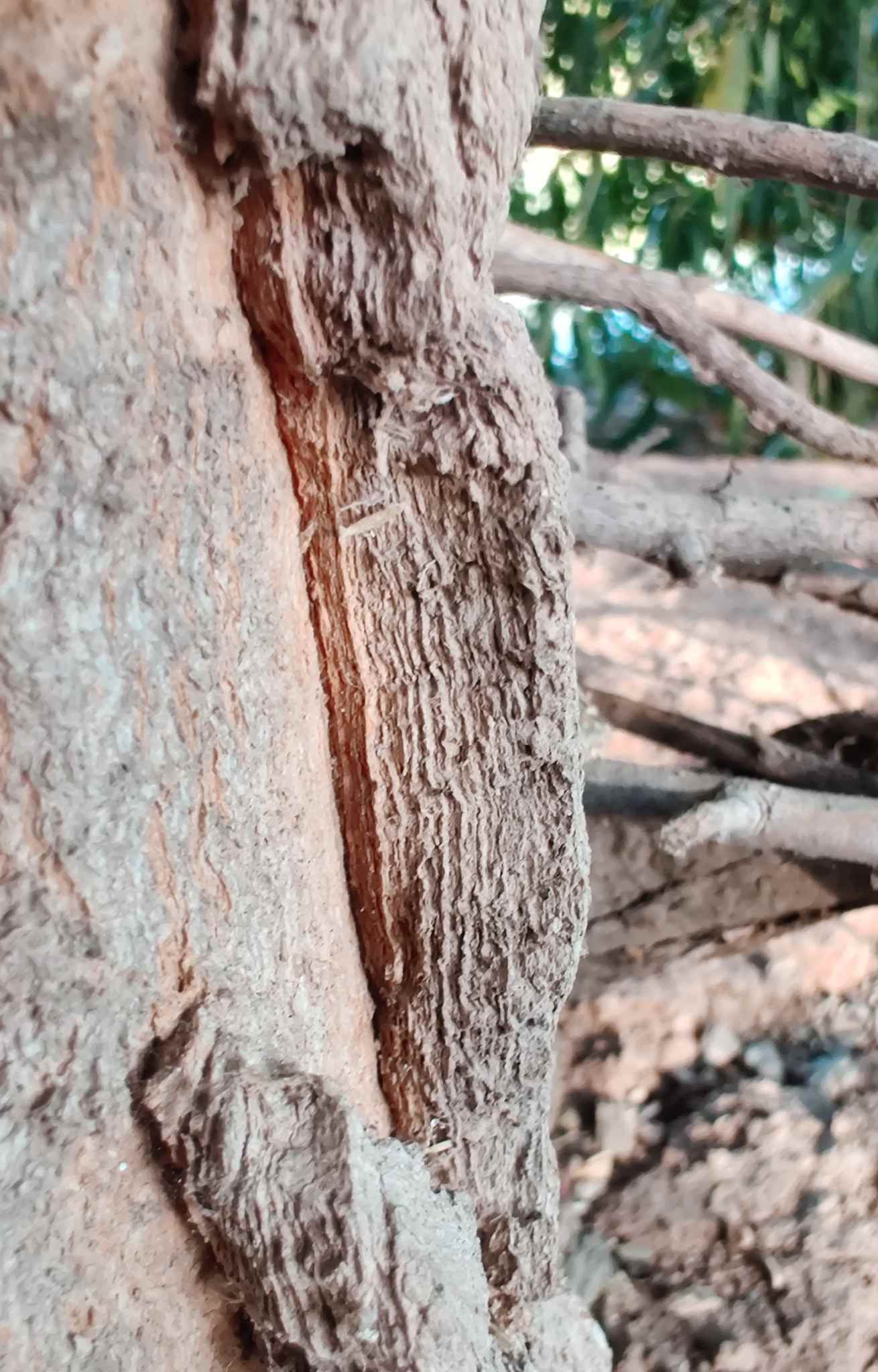
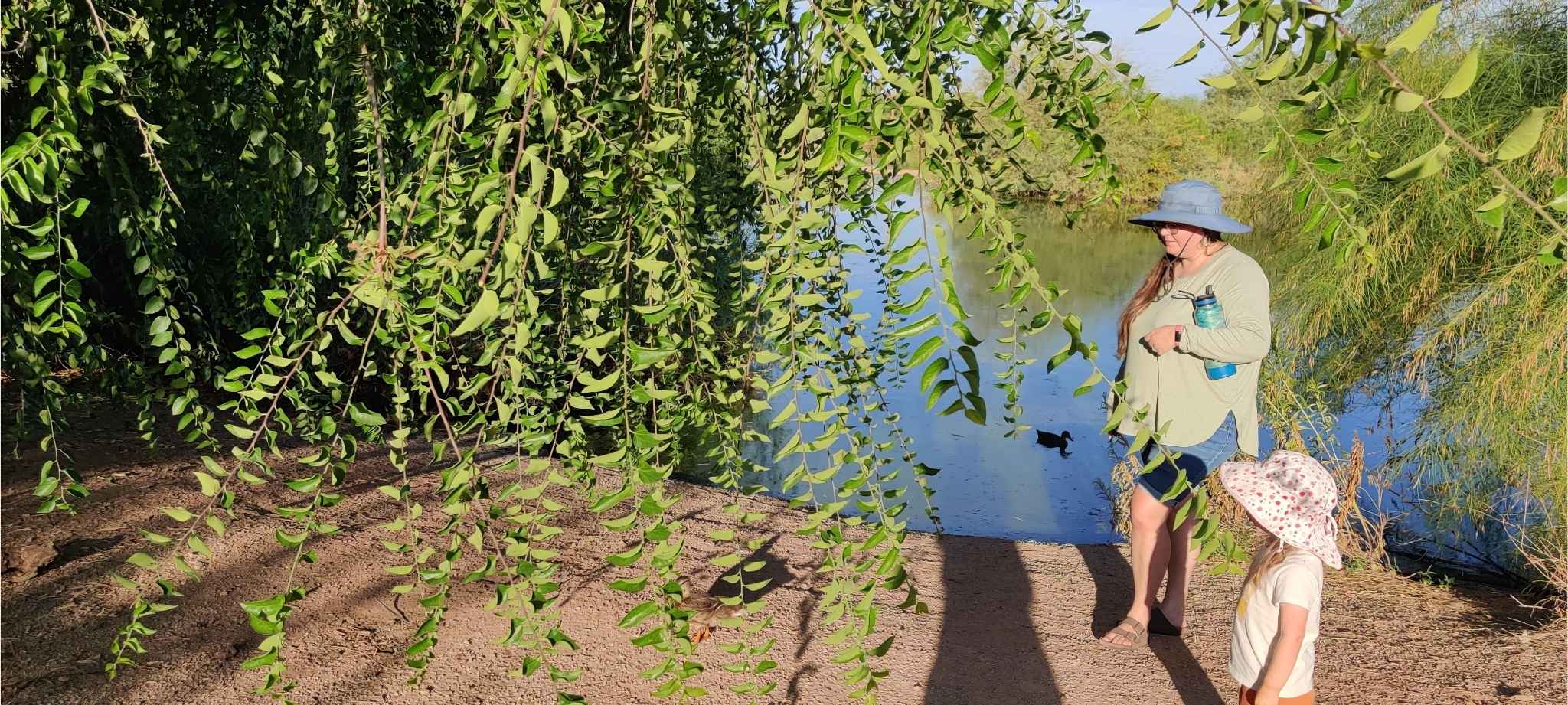
There are two species of hackberry in the Western U.S., the netleaf hackberry(Celtis reticulata) and the desert hackberry(C. pallida). Desert hackberry is a shrub that grows in the Sonoran Desert Uplands and throughout South Texas. It has orange fruit that is edible and good for food, although it’s unlikely that it was ever used as staple food like netleaf hackberry.
Netleaf hackberry is widespread throughout middle elevations in the Western U.S., where it grows in eastern Oregon/western Idaho, Utah, Arizona, southern California, Colorado, New Mexico, and the western halves of Kansas, Oklahoma, and Texas.
Two similar species grow widespread throughout the Eastern U.S., the common hackberry C. occidentalis and sugarberry C. laevigata. Both species look similar to netleaf hackberry and, other than minor differences, are identified the same way. All three species are harvested and processed the same way, and used similarly as a staple food.
Edible Uses
You would never guess that hackberries were an important food source just by looking at them. If you ate one right off the tree, you could easily crack a tooth on the rock-hard seeds, and the paper-thin layer of flesh surrounding the seed would seem like almost nothing as far as food value is concerned. However, once you learn how to process the fruit they become an extremely valuable food source!
There are two primary ways to consume hackberries: you can either crush them up and form them into bars, or you can make hackberry “milk”. For either method you will need a mortar/pestle to get the best results. I’ve ground up hackberries in a coffee grinder for small amounts, but they’re so hard that they literally make the grinder throw off sparks!
Once ground, fresh hackberries turn into a sweet, oily paste with hard bits of seed. To eat it, you have to chew carefully and sort of let the bar melt in your mouth, that way you can avoid chewing the hard bits of seed. You can also add other ingredients to make homemade “granola bars”! If you dry hackberry bars they will solidify and get rock hard, so refrigerate for best results.

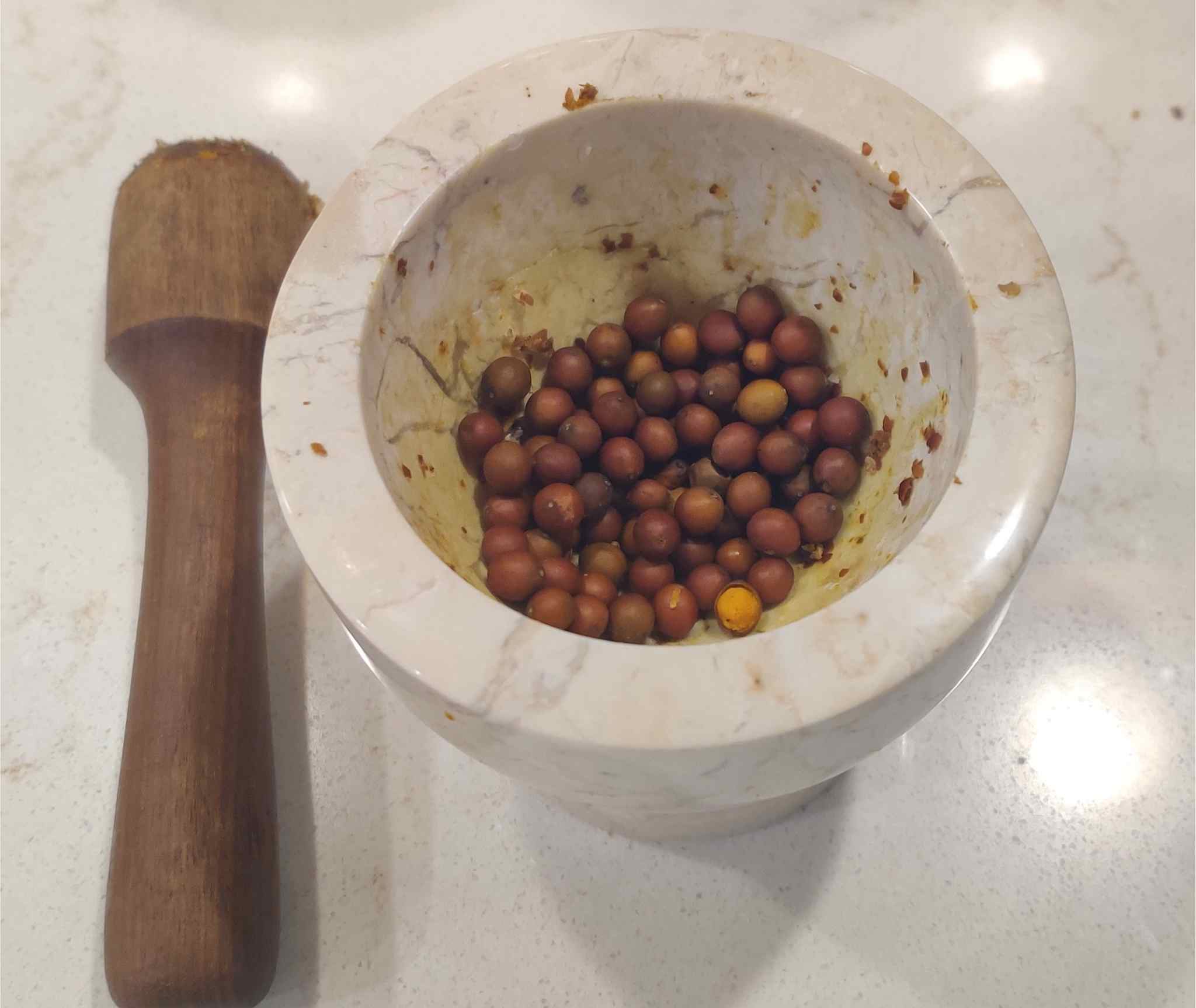
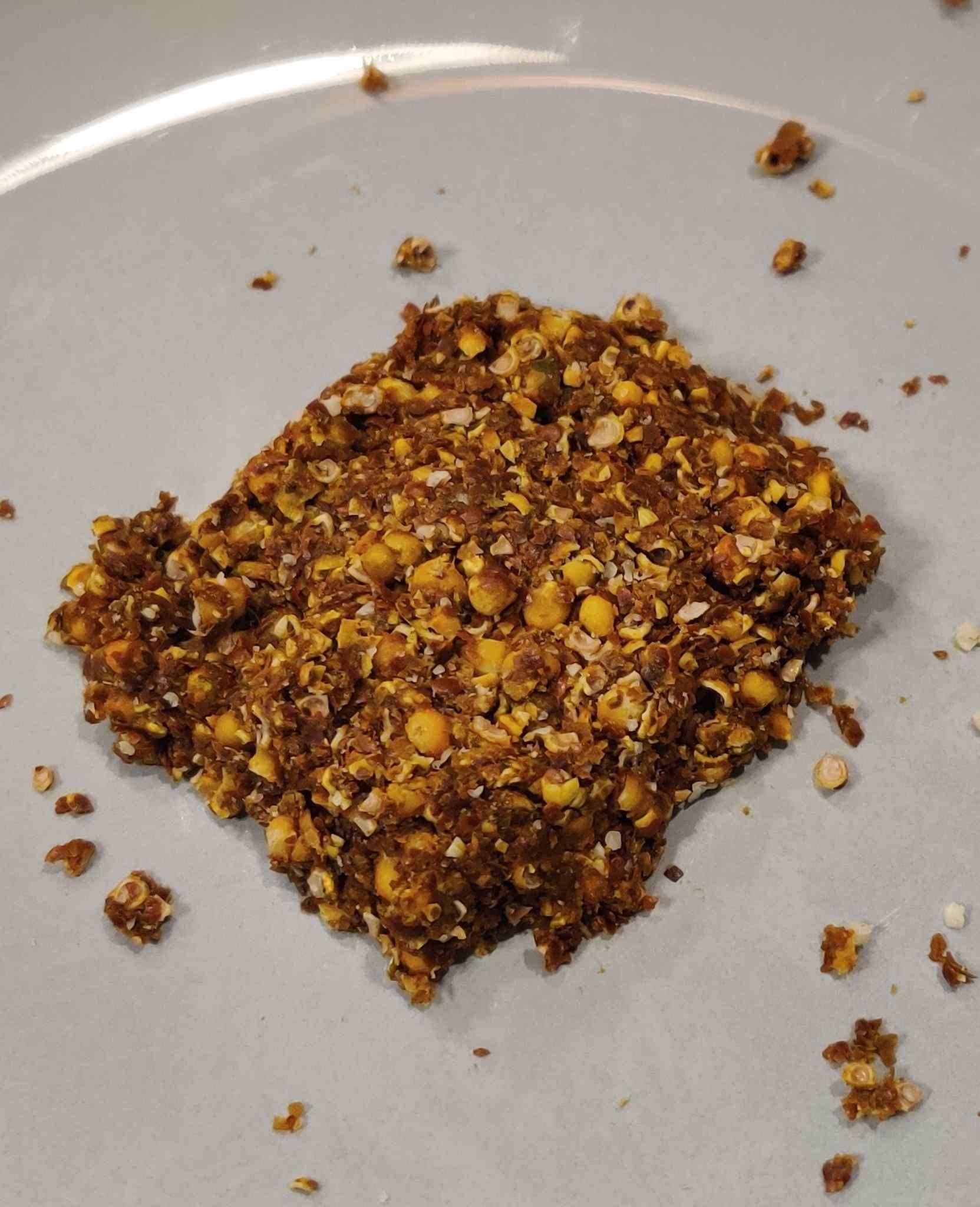
My favorite way to use hackberries is to make hackberry milk. Simply grind the seeds and boil them, then strain. Some people even let the hackberries soak in water overnight to get out all of the oils. The final product will be a thick, tasty drink that is highly nutritious and filling. If the berries are fresh it will even have oil floating on the surface! Hackberries are a power-packed food. Adding some cinnamon to make your hackberry milk will turn it into an even more refreshing holiday beverage!
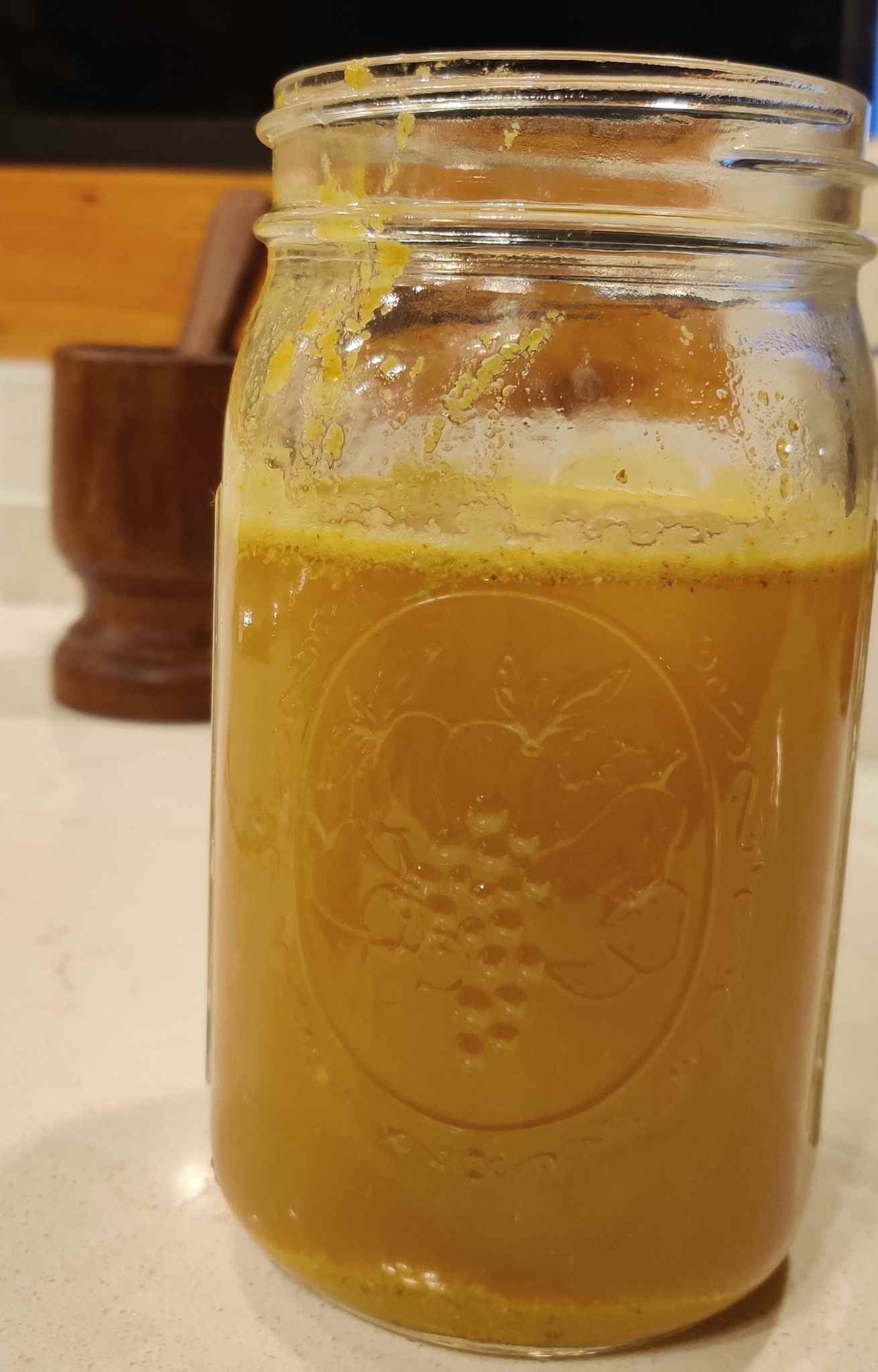
I prefer to make hackberry milk to bypass the hard seeds, but in a survival situation I would recommend eating the whole fruit to get all of the calories possible.
Conclusion
Hackberry is everything you want in a survival food. It’s widespread and abundant throughout much of the U.S., high in protein, oils, and sugar, it preserves readily, and it consistently produces large amounts of fruit from year to year. Unfortunately hackberry is often considered a “trash tree”, but to the forger trying to live off the land, I consider it the #1 survival food in North America.
References
Nature's Garden by Samuel Thayer
Get Our Sonoran Desert Plants Ebook!

Want our FREE ebook on Sonoran Desert foraging? Click this link to download it today: https://www.legacywildernessacademy.com/sonoran-desert-ebook


